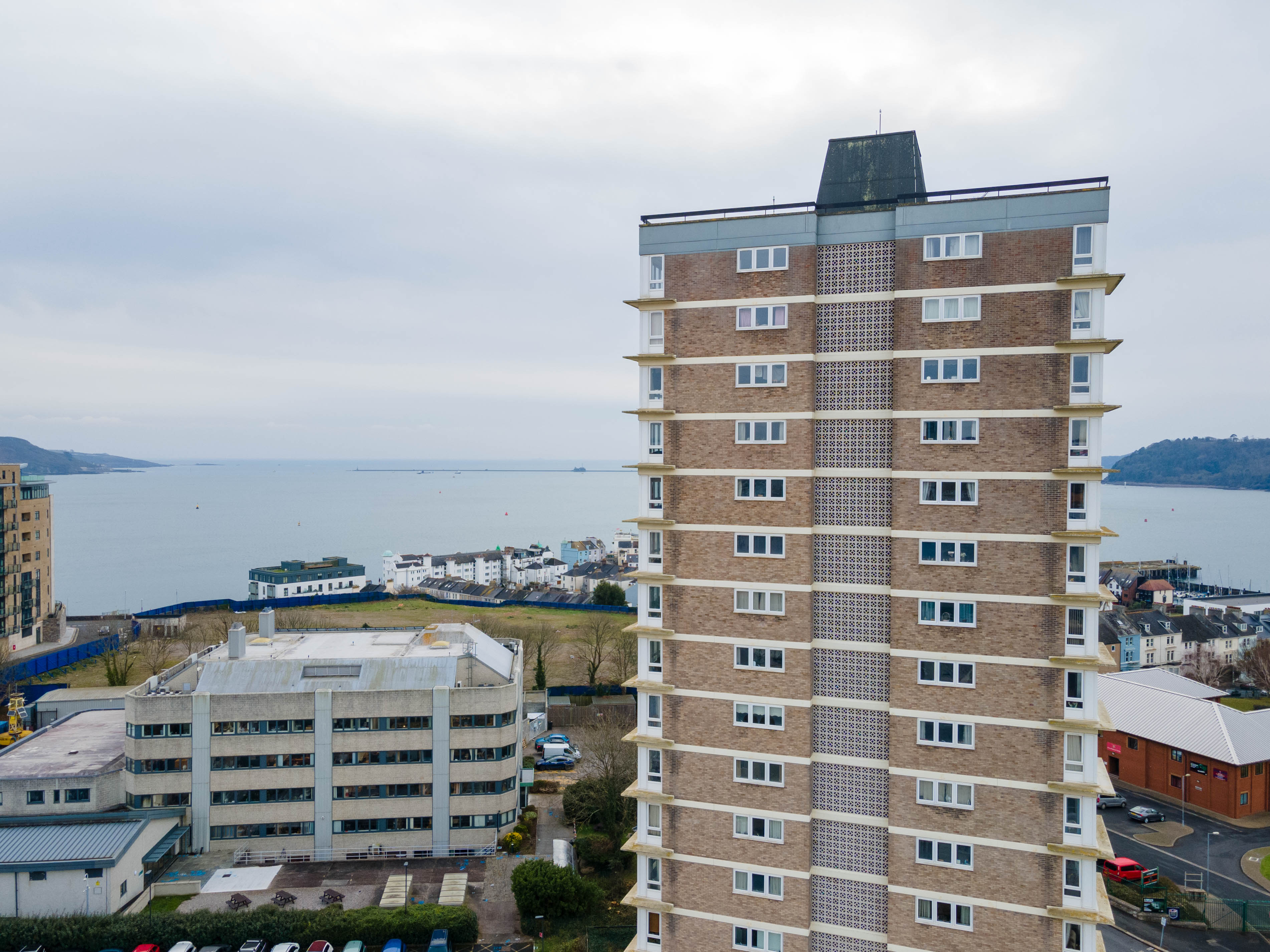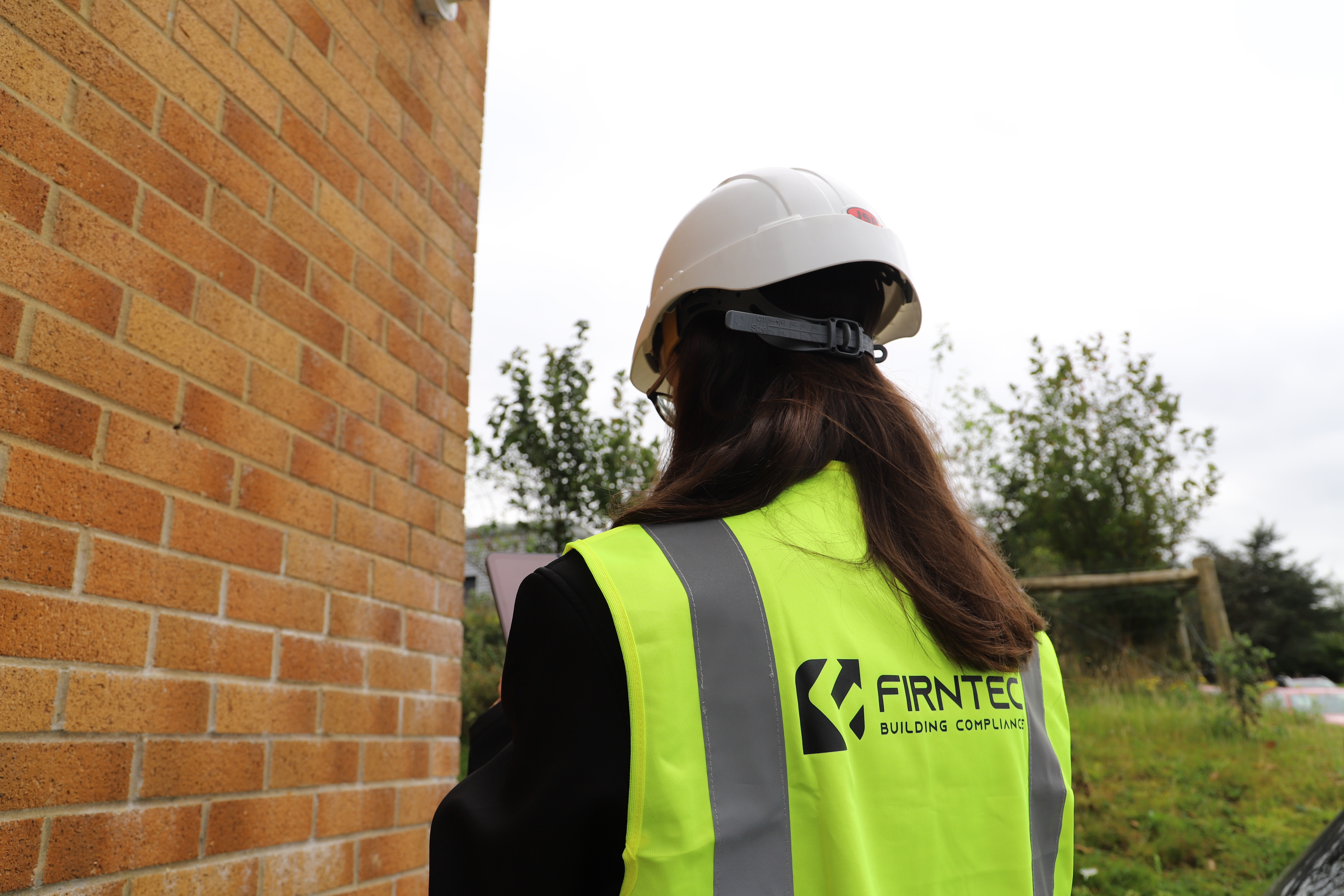Awaab’s Law stems from the Social Housing (Regulation) Act 2023 and responds to the tragic death of two-year-old Awaab Ishak due to prolonged mould exposure. It's designed to impose legally binding timeframes for social landlords to address housing hazards, starting with damp and mould and progressing to a wider range of risks.
With Phase 1 of Awaabs Law set to go live on 27th October 2025, this blog will provide guidance on what social housing providers should do now to get ahead of the new legislation and ensure compliance.
The Planned Phased Roll-Out
Phase 1 - From 27 October 2025
Emergency hazards (e.g., gas leaks, electrical risks, significant damp or mould affecting health) must be investigated and made safe as soon as practicable and within 24 hours
Significant damp and mould hazards must be investigated within 10 working days, with a written summary to the tenant within 3 working days of completing the investigation
For hazards posing significant risk, safety measures must begin within 5 working days and full repairs started within 12 weeks if more complex
If the property can’t be made safe in time, alternative accommodation must be offered
Phase 2 – From 2026
Expands to include significant hazards like excess cold and heat; falls; structural collapse; fire; electrical/explosion issues; and hygiene hazards.
Phase 3 – From 2027
Further extends to all remaining significant hazards under the Housing Health and Safety Rating System (HHSRS) except overcrowding.
What Social Housing Providers Must Do Now
Update Policies & Protocols
- Build clear internal governance frameworks to classify hazards as emergency or significant.
- Set up documented workflows for notifications, investigations, reporting, repair actions, and tenant communications
Training & Awareness
- Ensure all relevant frontline staff and contractors can identify damp, mould, and emergency hazards.
- Train teams in correct escalation and response procedures.
Operational & Resource Planning
- Prepare to mobilise investigations within 10 working days and repairs within 5 days for non-emergency hazards.
- Build capacity to meet the 24-hour emergency response requirement—this could involve on-call staff or partnerships with contractors.
- Budget and plan for potential alternative accommodation costs during urgent repairs
Tenant Engagement & Communication
- Design tenant-friendly updates explaining processes, expected timelines, and rights under Awaab’s Law.
- Establish written summary templates to consistently deliver findings and planned actions within the 3-day window
Monitoring & Review
- Set up tracking systems for investigation and repair deadlines.
- Regularly audit internal compliance, especially before the October 2025 Phase 1 deadline.
- Prepare feedback channels to respond to the “test and learn” approach advocated by government

Stock Condition Surveys
Awaab's Law, with its emphasis on tackling damp and mould in social housing, is also accelerating the need for robust stock condition surveys. Social landlords are increasingly turning to comprehensive, and in many cases 100 percent, stock assessments to proactively identify and address potential hazards before they escalate. These surveys support early detection of damp and mould and also help ensure wider compliance with building safety standards, forming a critical part of long-term asset management and resident wellbeing.
Why It Matters
Failures to resolve hazards promptly can lead to legal action under tenancy agreements, can damage tenant health, and undermine trust. A structured, proactive approach means social housing providers can avoid crisis response, uphold residents’ wellbeing, and demonstrate accountability.
Next Steps for Providers
| Action | Timeline |
| Finalise policies & governance frameworks | Now |
| Complete Stock Condition Surveys | Q3-Q4 2025 |
| Train Staff and Contractors | Before October 2025 |
| Test processes with mock responses | Q3-Q4 2025 |
| Launch communication templates | Ahead of Phase 1 |
| Monitor Phase 1 roll-out & feedback | From October 2025 |
With Awaab’s Law introducing strict legal timelines, tenant safety becomes a clear obligation for all Social Housing providers. Proactive providers who prioritise readiness and communication will be better placed to navigate these challenges.
At Firntec, we support social housing providers in preparing for Awaab’s Law through a full range of compliance and survey services. From damp and mould inspections and stock condition surveys to fire risk assessments and building safety case consultancy, our expert team helps you identify hazards, implement solutions, and meet regulatory deadlines with confidence. We work in partnership with landlords to protect your residents and ensure legal compliance, delivering safer homes across your portfolio.
Chris Jones
Sign up to receive our emails
You'll receive all the latest news and blogs straight to your inbox.







